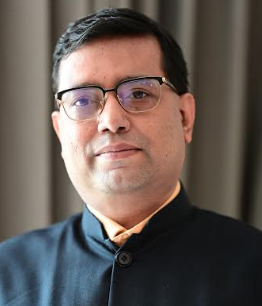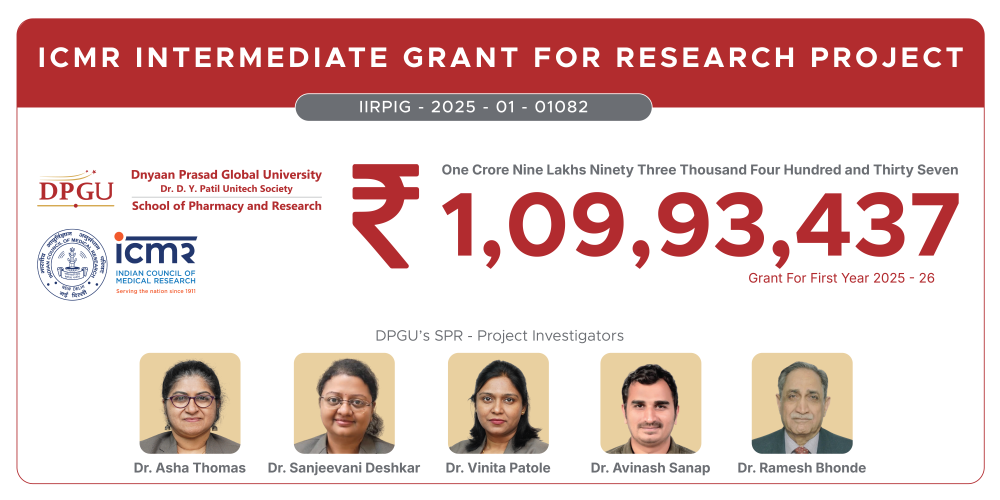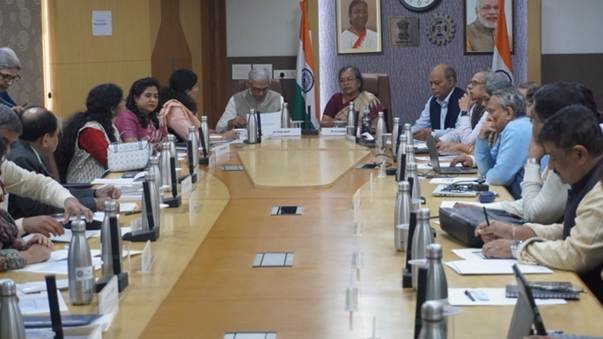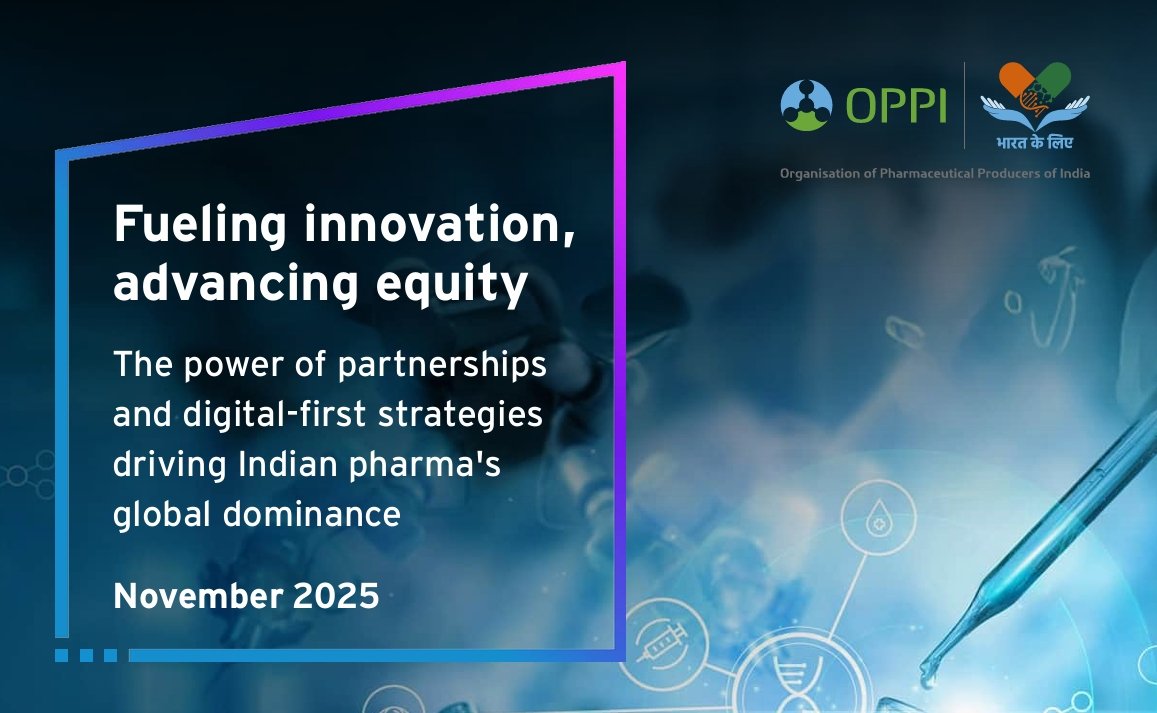How Indian MedTech is Metamorphosing
March 01, 2022 | Tuesday | Views
Medical Technology is an ever-evolving field whether it is the technical specifications of a device, operating procedure, features, functions, maintenance and servicing, or packaging. From having a wait time and visiting hospitals for a simple BP check to using wearables and having health data access on our fingertips, Medical Technology has come a long way. We have witnessed how much the turnaround time of test results has reduced , and how accurate they have become. Diseases with very high mortality rates which were untreatable before, including heart diseases or accidents with severe crippling complications like loss of limb, etc, have now become treatable with the help of medical devices.

According to reports from the clinician conferences held in India - global clinical guidelines issued by international bodies like American Heart Association/ American College of Cardiology are getting accepted in India - like usage of long durable biological implants over mechanical implants or shifting to non-invasive surgical procedures over open surgeries-all of which aims to improve - Quality Added Life Years (QALY) and reduce hospital stay. Also, incorporation of artificial intelligence and machine learning in routine procedures are now helping clinicians to even predict some critical parameters like hypotension, while treating critically ill patients. The last two decades also witnessed more focus towards preventive healthcare, which led to significant decrease in communicable diseases, reduced mortality rates, increased life expectancy and enhanced well-being among geriatric population.
However, with every technological advancement, there comes an accompanying need to update the systems, regulations, infrastructure as well as the ability to operate the technology. If we look at the history of how the medical technology sector has travelled this journey in India, we will see all these challenges and the correlating steps that were taken to handhold and nurture the sector and to make it future ready.
The policies and regulatory lifecycle saw multiple amendments and updates to catch up to the speed of requirements of the medical technology sector. With the first medical device notification of syringes and needles in 1989, the next notification of 10 more sterile devices took place in 2005. In 2012 the Central Drugs Standard Control Organisation (CDSCO) released guidance document for the import of medical devices and in 2018 with the implementation of Medical Device Rules (MDR) 2017, the MedTech industry received their own rules, harmonised with global best practices, which then gave out the details of all regulatory processing, filling and applicable statutes. Thereafter, more devices were brought under regulation through MDR 2017 and in Feb 2020, the definition of drugs was further expanded to include all medical devices under regulation in a phased manner. In future, India can also look forward to being a member of International Medical Device Regulators Forum (IMDRF) and to be a co-participant in the Medical Device Single Audit Programme to integrate our regulatory system with global best practices.
To ensure a smooth sailing projected growth trajectory, the government has brought in multiple schemes recently - like – 100 per cent foreign direct investment (FDI) to boost the sector, both in green field and brown field since 2015. Make in India campaign started in 2015; Ayushman Bharat started in 2018, Production linked incentives were introduced for select categories of medical devices, starting 2020. Public Procurement Order (PPO) which encourages procurement of locally made medical devices was also introduced last year. However, as India imports around 86 per cent of its medical devices and even more so for the high-end high-risk devices, the policies need to be more inclusive to ensure that the emphasis remains on patient safety and patient accessibility to quality medical devices at all times. The Medical Device industry is continuously innovating, and the latest generation of innovative medical devices needs to be included, for improving patient outcomes and to keep our medical fraternity updated about the usage of new categories of medical devices. Hence the PPO also needs to have provisions for necessary exemptions to innovative devices which are not made in India. On Government Public Procurement, we also see the adoption of Transparent Quality criteria, in the last Union Budget, which will lead to much-needed value-based-procurement in healthcare.
Another significant development in the recent years, is on the pricing regulation- which has shifted from cost-based price capping to market-based price capping in 2012, with the introduction of National Pharmaceutical Pricing Policy 2012 and Drug Price Control Order 2013. The policy took a further shift to Trade Margin Rationalisation (TMR), from first point of sales (price to the distributor). TMR was first introduced in February 2019 for 42 cancer drugs and then for 6 essential medical devices required for COVID treatment, reducing the Maximum Retail Price (MRP), and thus increasing patient affordability but without affecting innovation.
While the government is taking steps to ease the supply side issues, industry remains hopeful to see more action to increase the demand side. The National Infrastructure Pipeline 2020 (NIP) created by NITI Aayog and Ministry of Finance, aspires to create 73 new tertiary medical centres and a few state-of-the-art hospitals to enhance research activities. Budgetary provisions are already provided in 2020 and in 2021 to meet these aspirations. Further a relook and revision of the Ayushman Bharat and CGHS package rates is required, to ensure that the critically ill patients get the right treatment and also to undertake more patients into the ambit of reimbursement/ insurance, to achieve Universal Health Care. This will help us to achieve the United Nations Sustainable Development Goal 3, of Good Health and Well Being, which is also a part of our National Health Policy 2017.
Furthermore, many other policies like draft R&D policy, emphasis of National Digital Health mission are also in the government’s pipeline which promises to take the sector to its envisioned heights. Launch of Digital health mission will help in unbiased patient data collection and its utilisation, in anonymous form, thus improving patient care and help in future R&D endeavours. Moreover, we see efforts for the adoption of a Circular Economy with active public policies on regulation – this may help Tier 2 and Tier 3 cities’ aspirational hospitals in gaining refurbished medical devices. It will also be interesting to see how India formulates trade relationships with the countries it has good relationships with, as friend-shoring has become the need of the hour.
Arnab Basumallik, Co-Chair MTaI Policy Research Wing and Director- Government Affairs and Market Access, Edwards Lifesciences India










